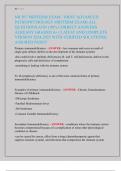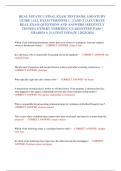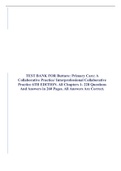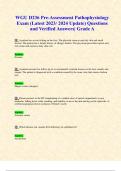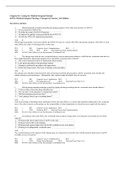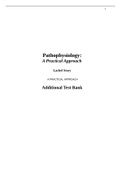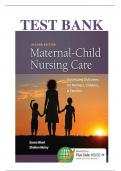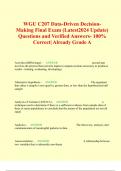Exam (elaborations)
NR 507 MIDTERM EXAM / NR507 ADVANCED PATHOPHYSIOLOGY MIDTERM EXAM|| ALL QUESTIONS AND 100% CORRECT ANSWERS ALREADY GRADED A+|| LATEST AND COMPLETE VERSION WITH VERIFIED SOLUTIONS|| ASSURED PASS!!!
- Institution
- Chamberlain College Of Nursing
NR 507 MIDTERM EXAM / NR507 ADVANCED PATHOPHYSIOLOGY MIDTERM EXAM|| ALL QUESTIONS AND 100% CORRECT ANSWERS ALREADY GRADED A+|| LATEST AND COMPLETE VERSION WITH VERIFIED SOLUTIONS|| ASSURED PASS!!!
[Show more]
